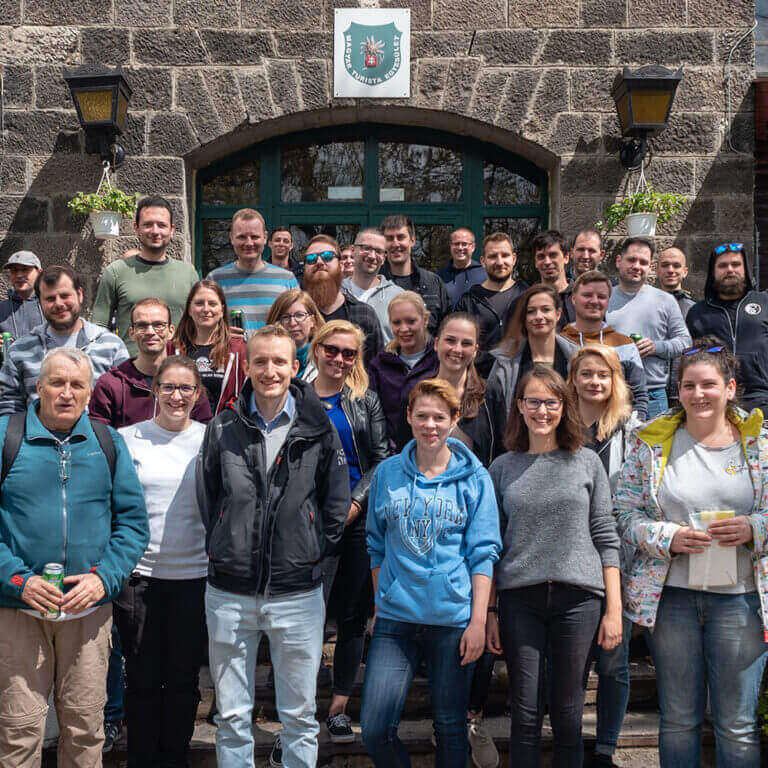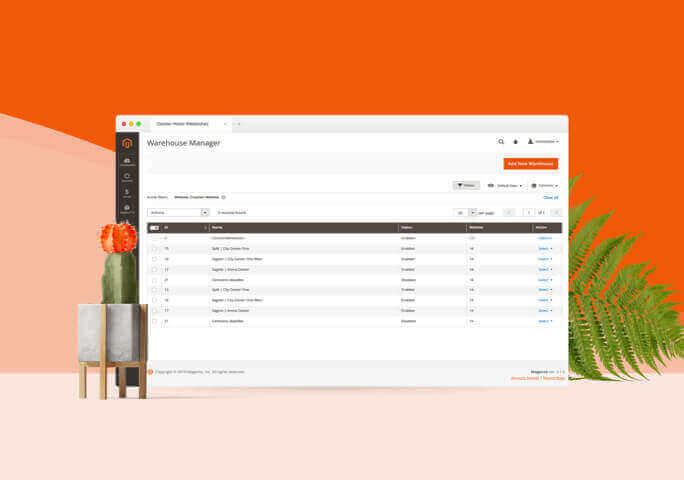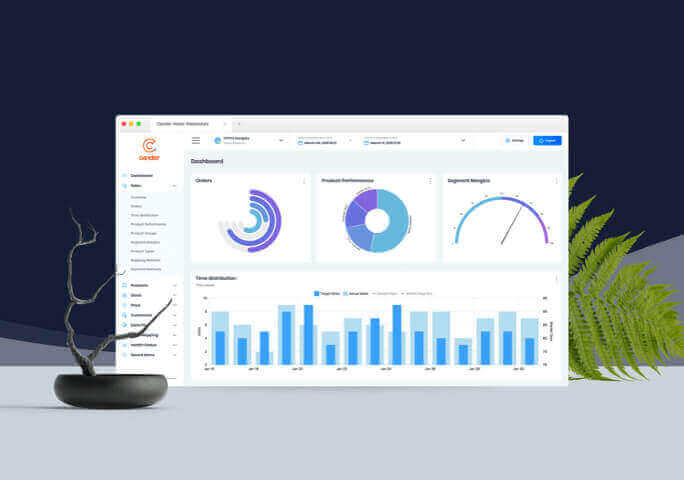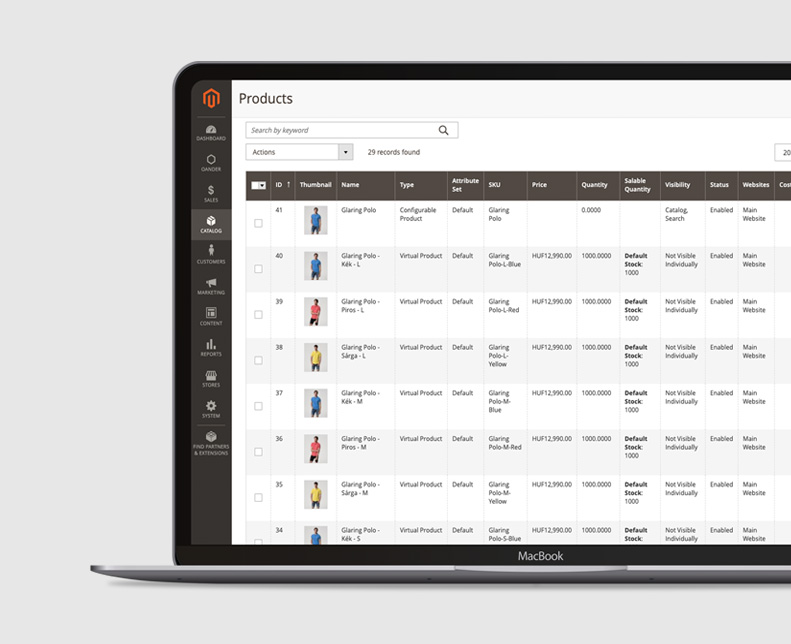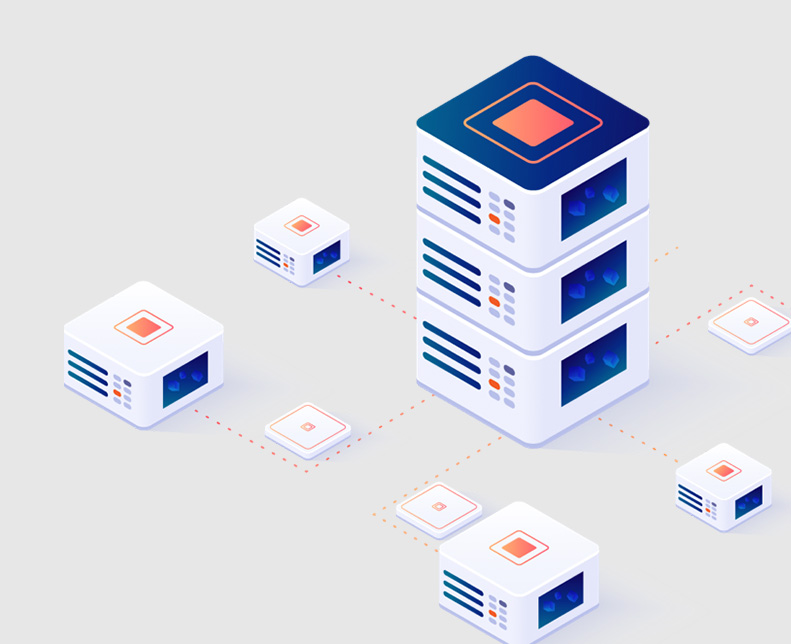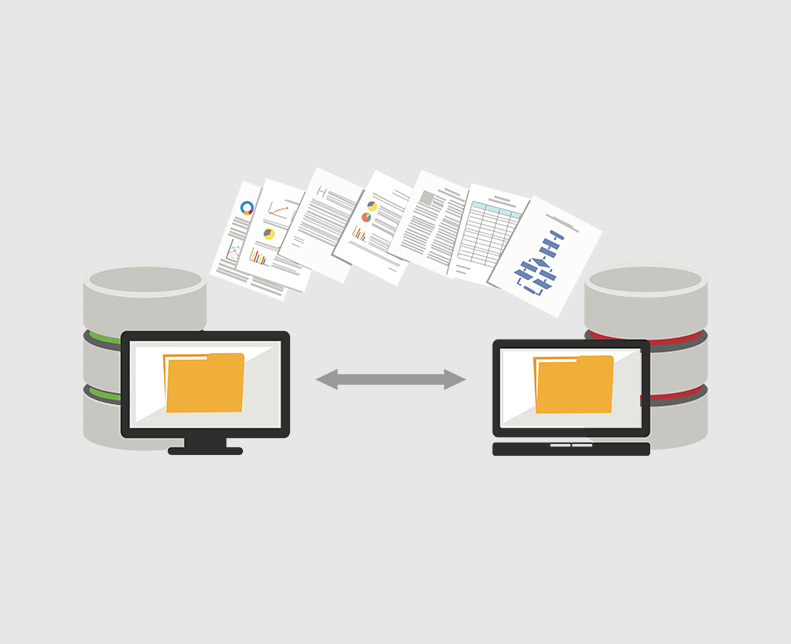Changing from Magento 1 to 2 can’t be done by means of a simple upgrade or a version refresh – the migration requires a project that’s of a higher volume and that has a longer lead time. The reason for this is that since 2008, Magento has changed to its core: even its code set has been refreshed, it became stronger and a lot more diverse compared to its original version. The name itself might have remained the same, but Magento 2 operates in an entirely new framework.
Magento 1 has been around since 2008. After a long lifecycle its official support came to an end in June 2020.
With this pre-developed platform, you don’t need to start from scratch when creating a website – what’s more, you can opt for unique design solutions and developments to make it feel more custom-made.
We should see this shift as a prime-time opportunity: migrating to the new version can help us optimize our platforms and our processes so that we can carry out our work through better and smoother processes in a newly refreshed webshop environment.


